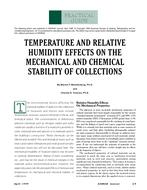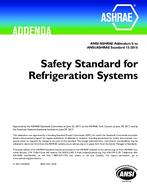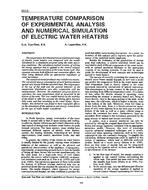The thermal conductivity and density of many building materials are tabulated ‘in the ASHRAE Handbook of Fundamentals. l Notably missing from the list of materials in the ASHRAE Handbook are adobe building materials. Adobe, which is commonly found in one of three forms; sun-dried (natural), stabilized, or burnt, is one of the most common construction materials in the Southwestern U. S. While the insulating value of this material has been well known to the natives of this area, few experimental studies to determine the thermal properties have been undertaken.
The first study done on adobe was published by Milton in 1935. Using what has become known as a guarded hot box (ASTM C236), Milton determined that the thermal conductivity of adobe was 3.58 Btu/hr ft 2 (Fo/in). Being the only experimental measurement, this value became the standard for sun-dried adobe. In 1941, a study performed by the National Bureau of Standards found that the thermal conductivity of adobe was 10.7 Btu/hr ft 2 (Fo/in). This value was also determined by the guarded hot box method. However, comparison of other data in this paper with results from guarded hot plate (ASTM C177)3 experiments performed at the same time, indicates a systematic error in the hot box experiments. Consequently, a value of 7.7 Btu/hr ft 2 (F/in) should be used. A third experimental study of the thermal properties of sun-dried adobe was done by Jones, using the guarded hot plate technique.
Citation: ASHRAE Transactions, Volume 83, Part 2, Halifax, NS
Product Details
- Published:
- 1977
- Number of Pages:
- 9
- File Size:
- 1 file , 570 KB
- Product Code(s):
- D-HA-2454


